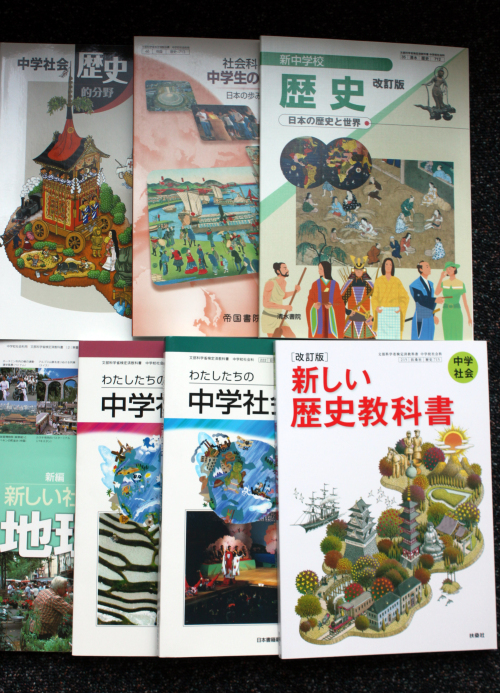Most recently, I have been focusing on maps that define the relationship between Japan and Korea over the Takeshima / Dokdo islands. My goal was to track the changes of possesion and claims on the islands, and use this as a way to analyze the tensions between Japan and Korea.
Dokdo or Takeshima is a blog that I found to be extremely helpful because it sourced many geographic representations of both Japan’s and Korea’s claims on the island. In terms of Japan’s representation of its land, David Rumsey’s online collection of Japanese historical maps contains depictions ranging from the early 1600s to the 1900s. I hope to be able to collect a number of relevant images and superimpose them to create an archive of sorts on the conflict. I find a certain significance in responding to this issue of international debate in a manner that mirrors its causes and contributors.
There has been a long history of “textbook disputes” – which is to say that the nationally-approved publications of various school textbooks in Japan have consistently served as kindle to the fire between Japan and Korea. The most recent instance of this is that related to the halt in 3/11 relief efforts from South Korea, after twelve textbooks that propounded Japanese ownership of the islands were approved. Out of those twelve, four went as far to say that Korea was occupying the islands illegally.
The textbook is especially crucial because the government is responsible for approving its contents; thus, anything written in the texts have been inferred to be supported by the Japanese government – implicitly, if not explicitly so. The propagation of material on this issue is a national matter, but it is especially important to the people of Shimane Prefecture (the prefecture to which the islands belong, according to Japan’s delegation).
The purpose of compiling these different representations is not so much to preserve a history, but to deliver a comprehensive and overwhelmingly objective presentation of the conflict. That the compilation – hopefully very extensive – borders on absurdist encourages a discussion that goes beyond the islands themselves and addresses the greater importance of creating a positive relationship between Japan and Korea.


